The modern web design helps create a positive impression on customers who are considering buying from you as well as nurture leads and boost conversion rates. Websites can be practical and minimal, as well as bright and full of personality provided they convey the right message.
94% of customers require just 50 milliseconds to form a quick judgment on the credibility of a company from the website. Humans naturally react to good design since they are drawn by beautiful things. Size, shape, color layout, and usability are all necessary for creating harmony and beauty, or an alternative way to describe it is an univocal visual language.
Trends in web design are constantly changing with the changing of aesthetics in response to the fashion of the moment; however, according to Italian designer Massimo Vignelli once said, "Styles are amorphous. Design is a language not a style." Therefore the primary "rule" of web design that sets the stage for trends is to make sure that the style you select communicates to and is an expression of the company's values and character
Recent trends in web design suggest an increase in the sense of fun and interactive elements that entertain and delight users. Let's explore the elements that make up this year's most popular web design trends.
Top Website Design Trends to Watch Out for in 2022
#1 Animation
No matter how small or big animations on pages create visually appealing experiences and bring excitement and interaction for the user. Engaged customers tend to be more inclined to click on, browse and purchase items. In general, web designers used animations to create hero pages and page transitions; However, recent trends in web design suggest a shift towards accommodating large-scale animations.
The sticking power of animation gives you the possibility of creating a variety of and engaging online experiences. In addition to animated logos and signs, motion-based typography loading animations and hover effects - there are many possibilities "movement" can revitalize website layouts. A growing number of businesses are also utilizing 3D animations for their internet pages to create a feeling of hyperrealism. This is a great idea well for gaming, animation interior design, and architectural firms.
#2 Video Integration
The practice of embedding YouTube videos is getting less and less from the future. A well-thought-out, high-quality video is more efficient than a dozen linked hyperlinks. The parallax features of web designs encourage cinematic videos that bring viewers into the action, providing an immersive experience that's captivating but doesn't overpower the experience.
Full-screen video looks stunning on large screens, and they are a great way of engaging your audience quickly and easily. Although video production tends to be more expensive however, it's far more effective than text. In the coming year, it is predicted to account for greater than 82% internet traffic for consumers.
#3 Mobile-Friendly Design
Responsive AKA mobile-friendly web design has become the standard. The current trends in web design indicate that there is a need to develop thumb-friendly websites. Mobile users tend to navigate using their thumbs. Therefore, placing the menu, navigation bar and contact buttons within the thumb area (towards the middle part of the page) enhances UX and the user experience.
Mobile devices and the language of choice and so does the design that is thumb-friendly remains a vital aspect of the web design until touchscreens become the norm. The gestures of tapping, double-tapping and dragging, pinching and pressing are all best done within the thumb area. Mobile navigation was originally an efficient dropdown menu of hyperlinks. But, the latest web design trends are currently tending towards full-screen overlays that include social buttons and other helpful content.
#4 Personalized Content
An innovative team of web designers can advise businesses to show content that is customized based on user behaviour. For example, if user is spending time on the website for lounge decor and then the next time they go to the website of their home store it will show relevant content, such as recently viewed items or items on the wish list to improve conversion.
The use of personalized content can be efficient for eCommerce sites to reduce abandoned carts and increase conversion rates. Customers are more interested in ads that are tailored to their preferences. Relevant and personalized messages that address the needs of their customers are required throughout the entire journey of a customer specifically via web design, since the majority of consumers shop on websites.
#5 Dark Mode
The human eye is able to see more bright objects better when it's dark. There is a variety of evidence as to the benefits of the dark setting, i.e., having dark backgrounds, is better in terms of eyesight health, it's the one style of web design that's permeated social media as well as Gmail and Gmail, which has now added dark mode options.
When designing websites that contain a lot of images components, the dark mode increases the contrast, giving a more pronounced impression of what the organization has to provide. In addition to being stylish, chic and easy on your eyes, darker mode website designs also help to save battery life in dim conditions. The popularity of dark mode is largely due to minimalism , which has become the primary work of a lot of web designers in the last decade.
#6 Minimalism
The minimalist design trends aren't going away. More than just a style of visuals and more of a design concept minimalistism is built around making use of the most essential flat design elements, such as fundamental geometric patterns, clear text and color palettes that are limited straight lines, and blank space to create an aesthetically pleasing and functional design.
In 2020, we'll see an inclination towards Neo-Brutalist designs, which build on the starkness and simplicity of minimalist design. The Brutalist-style sites are minimalist, with unstyled HTML and plain backgrounds. They also favor unsymmetrical layouts, standard computer fonts and non-photoshopped images. The trend of web design combines the simplicity of Brutalism with a minimalist approach with striking visual design that is often employed by innovative businesses.
#7 Maximalism
As a form of minimalism, which is considered to be the opposite This no-holds-barred style of design involves the use of excessive bold typography, loud color combinations, and striking patterns and patterns, providing distinctive visual appeal for web designs. If done properly and with a refined approach it is able to easily create curiosity and draw users to the site.
Maximalism is a way to break free of minimalist rules which allows for freedom of expression. Young brands that are connected to street culture, music agencies, fashion labels tend to use the maximalist style of landing pages, with mixed media collages that incorporate large, decorative texturing, artistic fonts and animated images. In this respect both minimalism and maximalist produce the same result. In the end, the intended users and the business's values dictate the web design.
#8 Organic Shapes
With organic or fluid forms, the organic trend for 2022 draw on nature as a source of inspiration. The trend is influenced by a growing emphasis on environmental sustainability, and features warm, earthy hues natural forms, natural colors, and natural, organic textures. Organic trends in design in 2002 are good for the beauty, home decor companies, boutique hotels and spas looking to bring a sense of tranquility to the online space they operate.
Organic patterns and organic shapes--anything that isn't confined, straight and unbending, can flow and flow. Consider clouds, waves and hills that undulate. These fluid shapes can be used as backgrounds or used to distinguish various sections, giving an organic, soft appearance to websites. Curved shapes offer an excellent chance to make websites appear more accessible.
#9 Vector Art
For the 2022 trends in web design You can anticipate an rise of "DIY" looking graphics to make usable interfaces that bridge the gap between online and off. Vector art could comprise doodles, scribbles, messy cutouts and analog textures such as crayons and paint, enhancing it with the feel character through the imperfection of hand-made art.
Flat vectors can also be revived with bold lines with exaggerated fluidity. They are often created in 3D. This year's trends in web design indicate that designers are looking to Japanese Ukiyo-e artists from the Edo Period for inspiration. The most well-known work of that style can be found in The Great Wave off Kanagawa featuring thick lines and a narrow perspective.
#10 Retro
It was once thought of as the new design era. Today, we're shifting away from minimalistic, polished designs and turning to nostalgia for websites designs, especially the 90s. Serif fonts, table layouts as well as rich and muted colors that are offset by grids that are visible give websites an understated, retro feel which is well-suited to other retro styles.
Gradient patterns, popular in the 1990s, are appearing in the 1990s and are making a comeback. These transitions of color slowly blend from one color to the next creating the illusion of depth. From overlays of images to subtle textures of user interface elements This duotone style was well-known by Spotify when it used images with gradients in its ads and microsites.
Importance of Web Design in Digital Marketing
Web design is at the heart for digital marketing. The majority, if not all digital marketing initiatives are designed to bring visitors (potential potential leads) to a website of a business. It's impossible for a business to effectively interact in the vast array of opportunities digital marketing can provide if it doesn't have a well-designed and optimized search engine-friendly digital "storefront."
Branding
A consistent web design creates an initial impression and captivates viewers by expressing the person who you are and what your company's mission is. Web design is the physical manifestation of the personality of a business and its philosophy. The content on a website allows people to feel that the company's products and services are the best solution for them.
The experience that users get on websites to the one they'd get at a brick and mortar store. Since they're likely to make many preconceptions based on your website's design, you must make sure your website design is sending the message you would like your customers to get about your company.
User experience
Web design starts with the hierarchy. If your website visitors have limited time to engage with your site, then your design should prioritize and guide users to the most important. Simple and clear web structure that is responsive and makes use of color and design to encourage users to take action is best.
If users visit your website using their mobile phones and have to move their phones to zoom out and in to see images, you'll lose potential customers. You should avoid excluding potential customers because of poor design. For a rough idea, about 60% of internet searches start on mobile devices and some industries exceeding 70 percent. Be sure to design your website in a manner that increases the conversion rate for mobile devices.
For example, the top brands put call-to-action buttons on prominent locations, and use vibrant colors so that the user's attention is drawn there. In addition, the primary navigation should be located near on the front of your page and the links before it are placed in order of importance, and then on. Websites should be simple for everyone, from children to seniors.
Optimization
Websites should also perform in a way that is technically sound. This requires investing in SEO and a well-designed UX design. Optimized websites give an intuitive user experience, are highly ranked in Google search results and can respond to user's behavior and surroundings according to the size of the screen, its platform and the orientation.
If you don't optimize your site and its content with sound design guidelines and principles, it will not show up on the search engine result pages, and no one will be aware of it. If you improve your site's search engine optimization it puts your company in the global spotlight. 53% of all traffic on websites originates from organic search results therefore, websites with SEO that are able to answer users' questions could theoretically see 50% more visitors.
Conversions
The design of a website affects conversion rates by affecting the readability of its content, the calls-to-action it makes, as well as aesthetics. The design of content must make it simple for readers to understand text , by leaving sufficient space between the lines. Prospective customers won't read or even scan the text if it's too dense. Thus, most designers choose a straightforward and simple approach that's clear and direct to the point.
Another way to say it: include the most essential bare necessities to draw attention and make a sale.
Each high-converting site includes more than one call-to-action that's easy to understand and simple. Visitors should always have the choice to "buy" or "get a quote." This is among the primary ways that web design can improve the percentage of people who convert into potential customers. When you're trying to convert leads think about how your color scheme and layout, structure, and images match your company's image.
Conclusion
Websites are powerful lead generators, and are the most natural method of marketing. Conversion funnels that are strategically designed guide users seamlessly through the buyer's journey , and increase sales by offering more satisfaction than sites that are assembled with no consideration for the customer's intent and demands.
A crucial aspect for any website is the objective of being able to satisfy the needs of visitors in the most efficient way. By working with the experts in design from AHIT Web Digital Marketing agency can help you create clear messages and compelling calls to action through appealing and efficient design.


.png)
.webp)
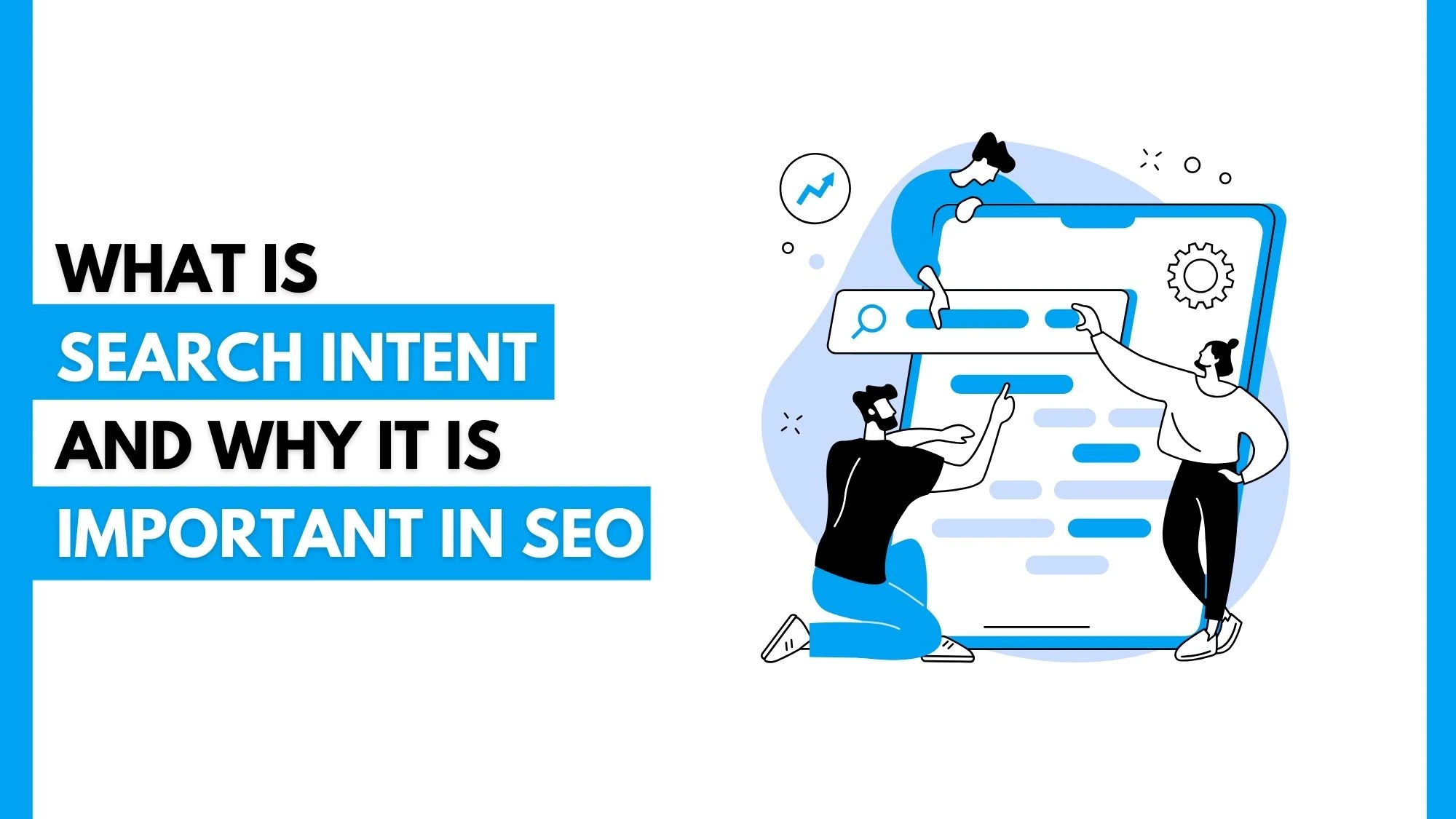
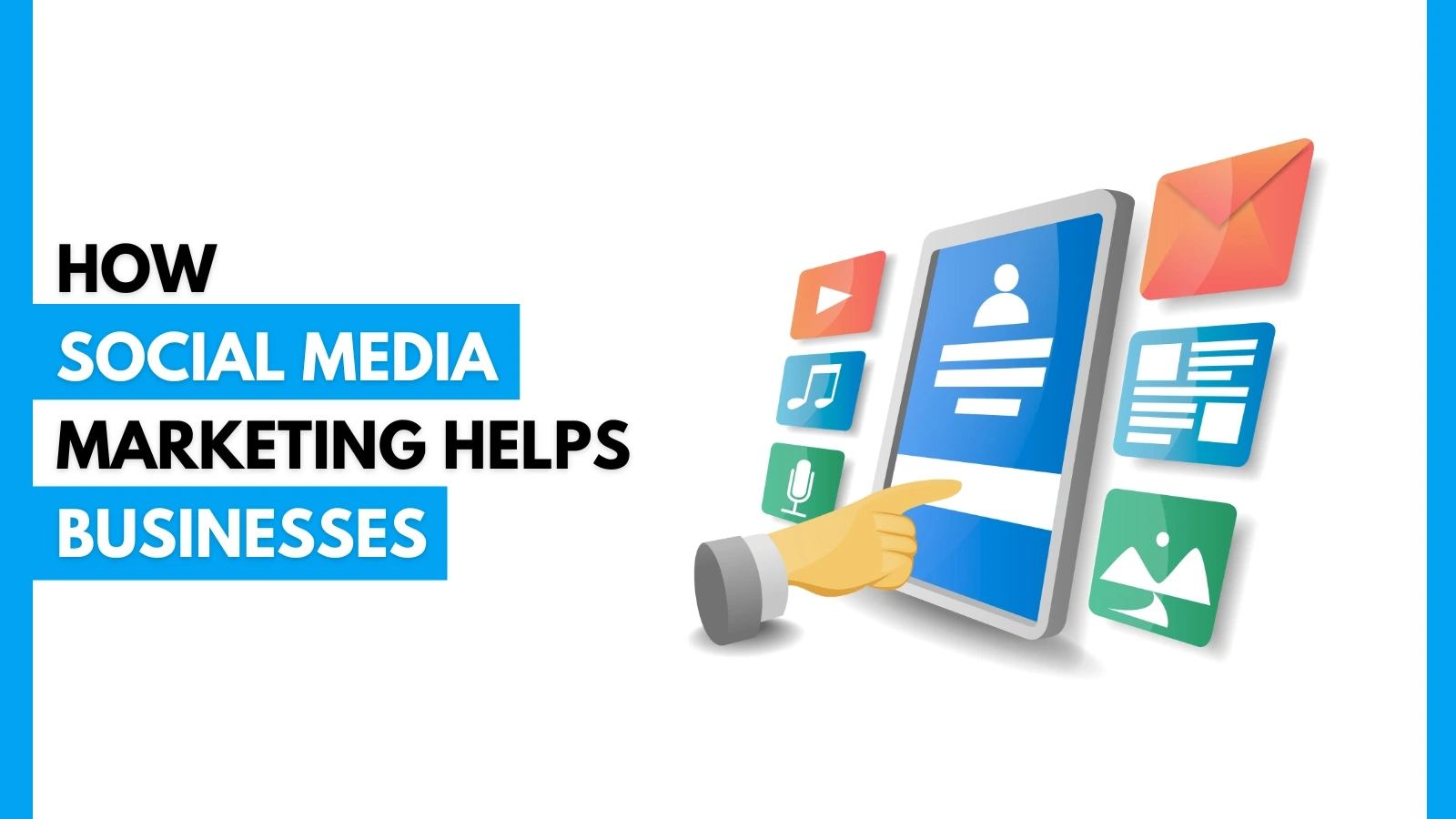
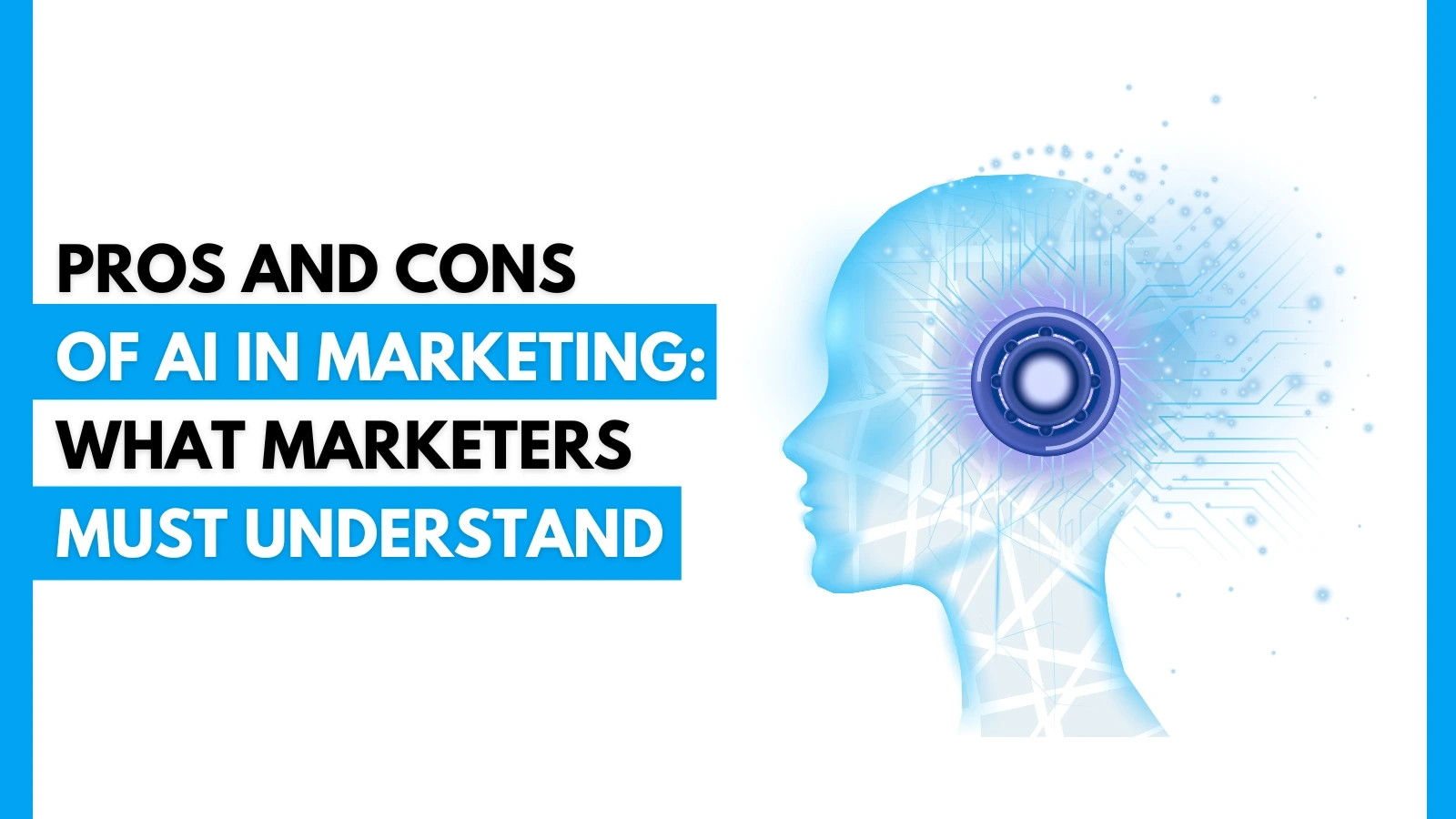
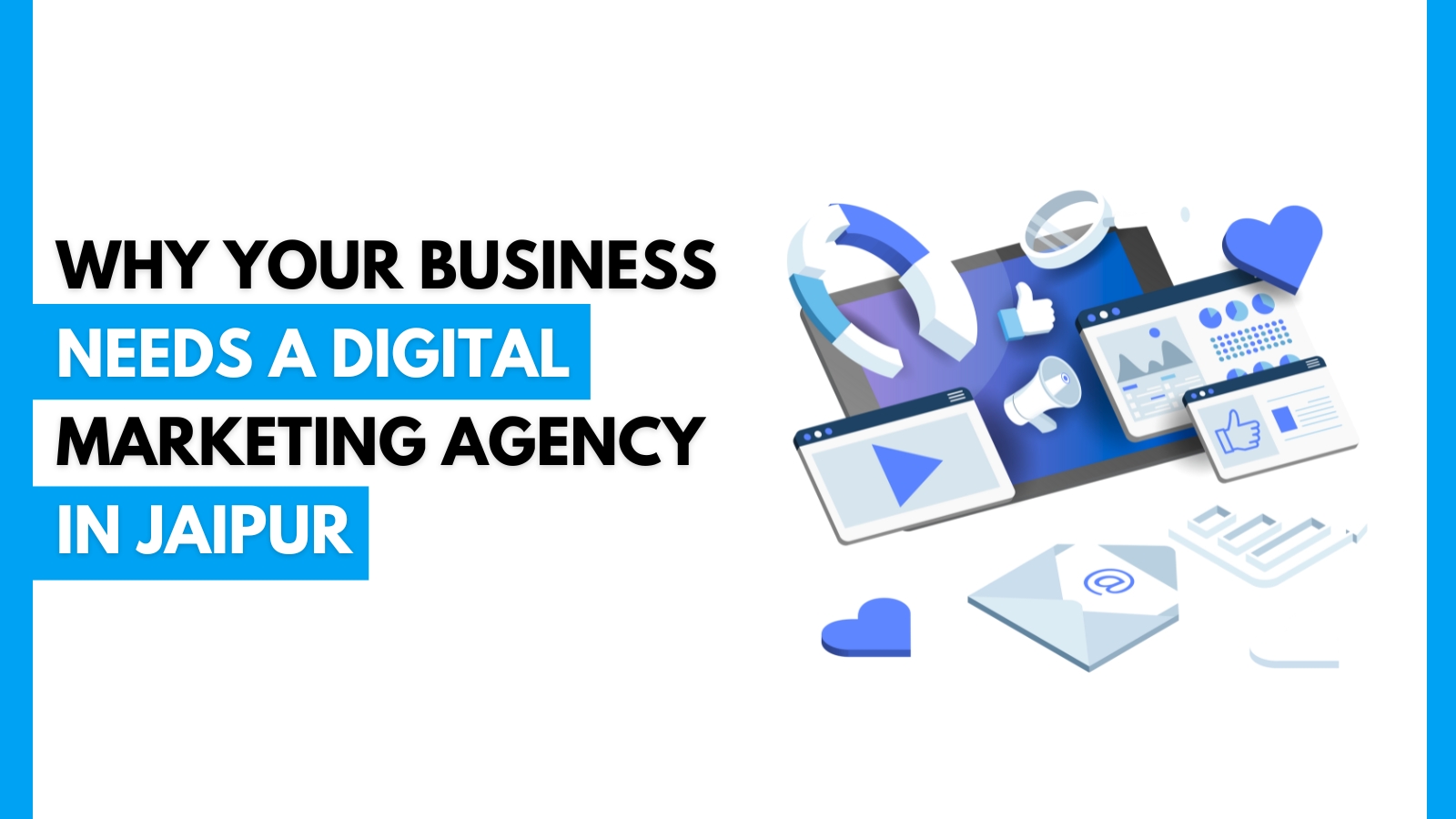
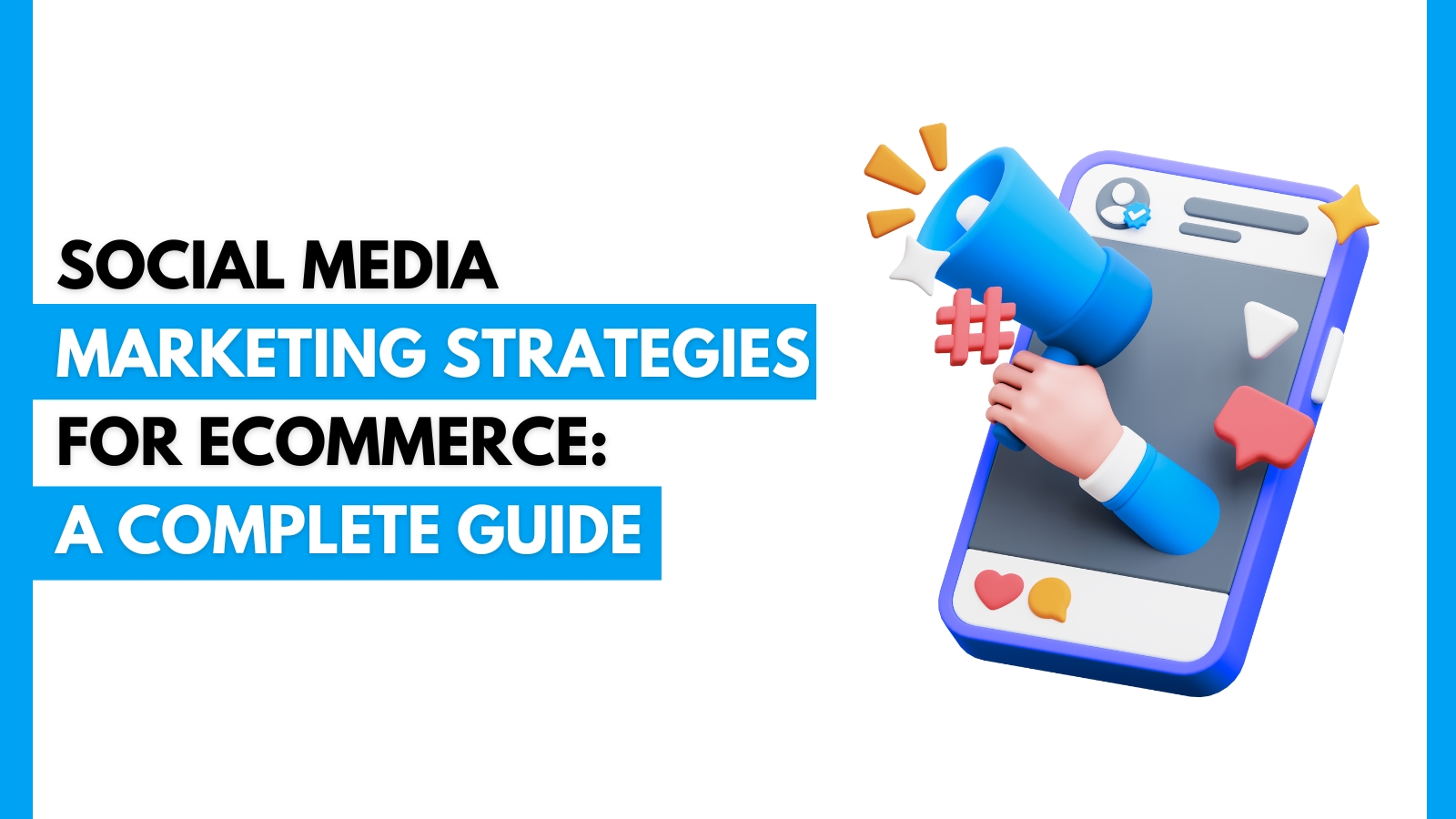

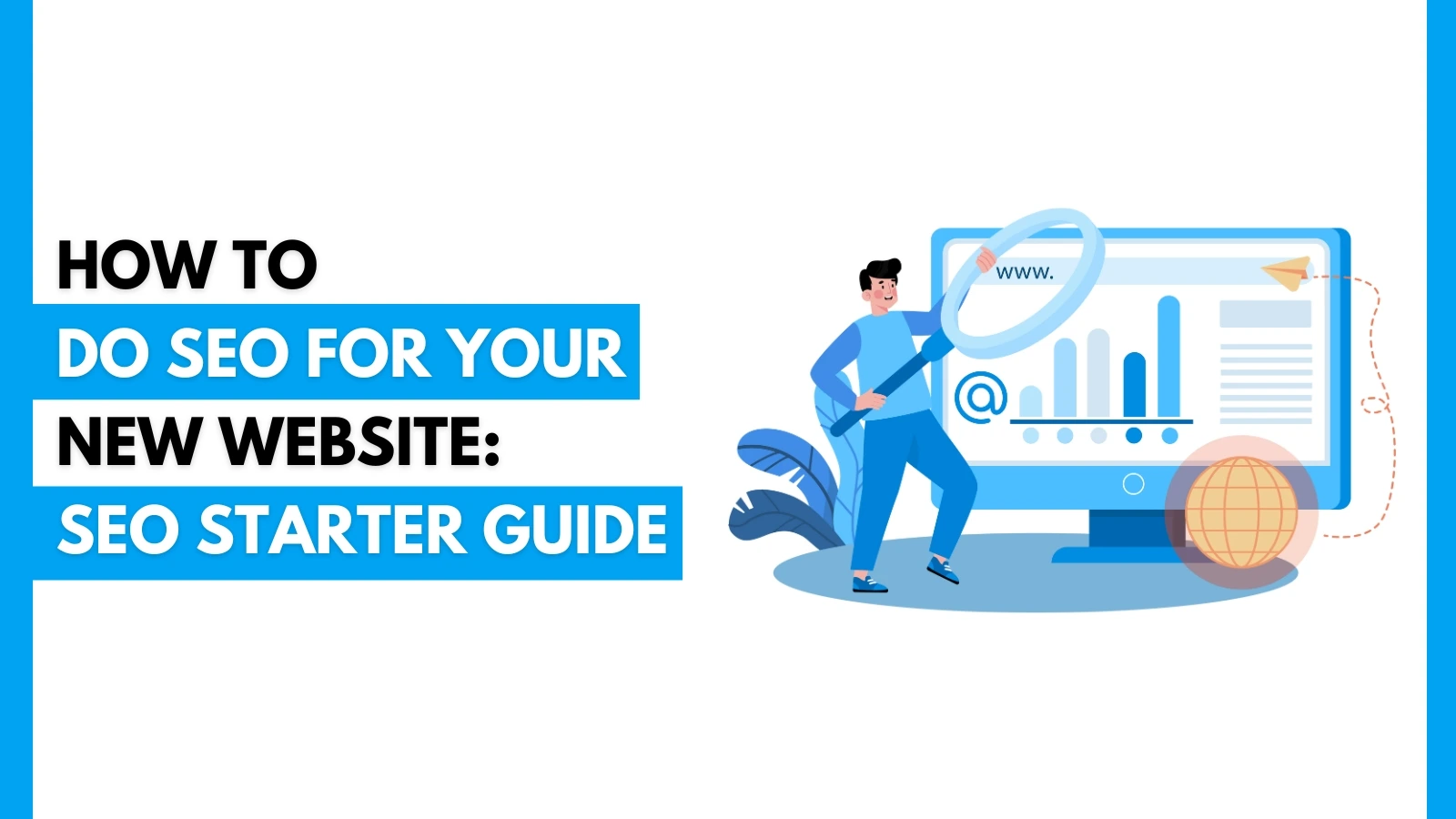
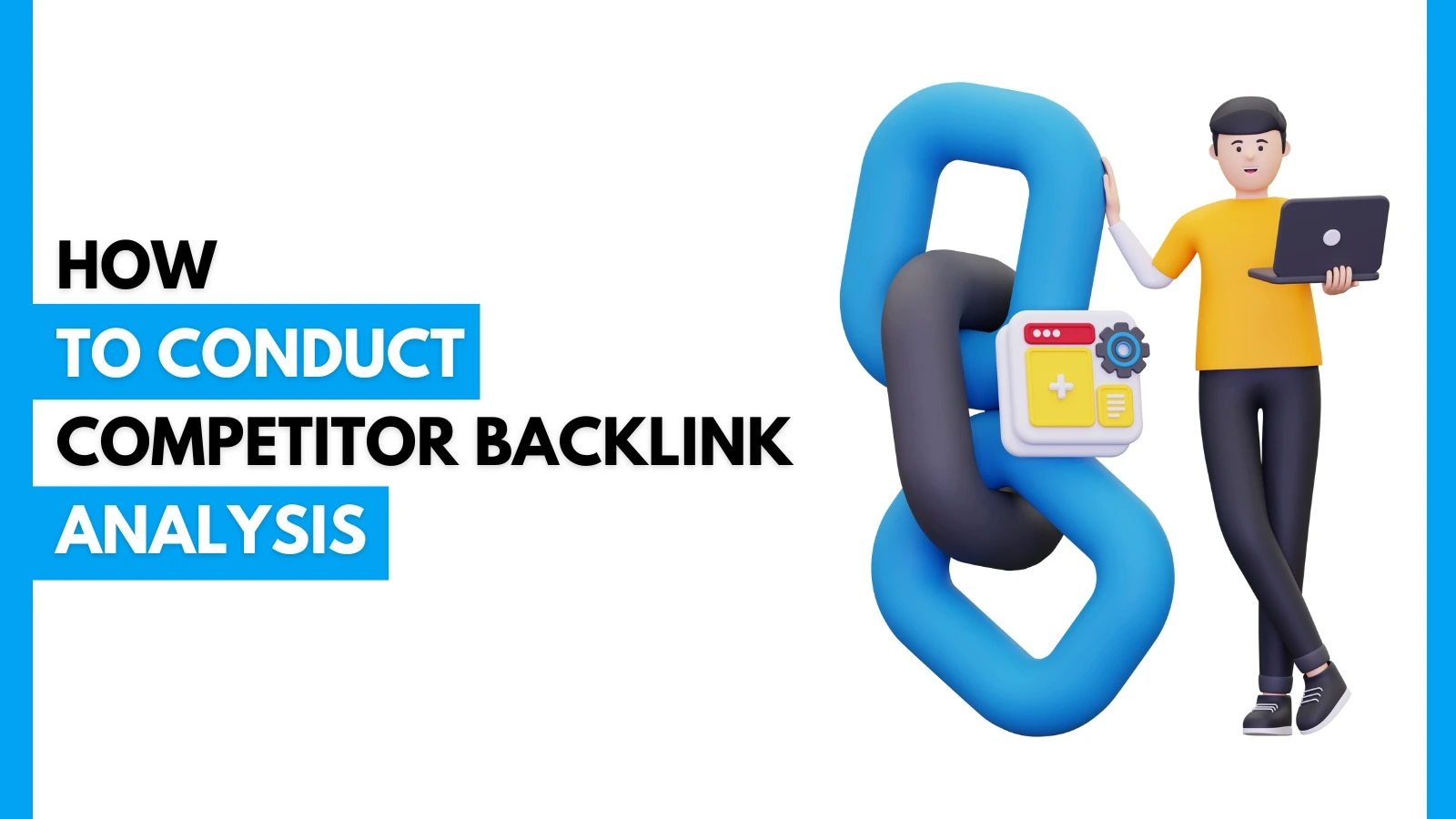
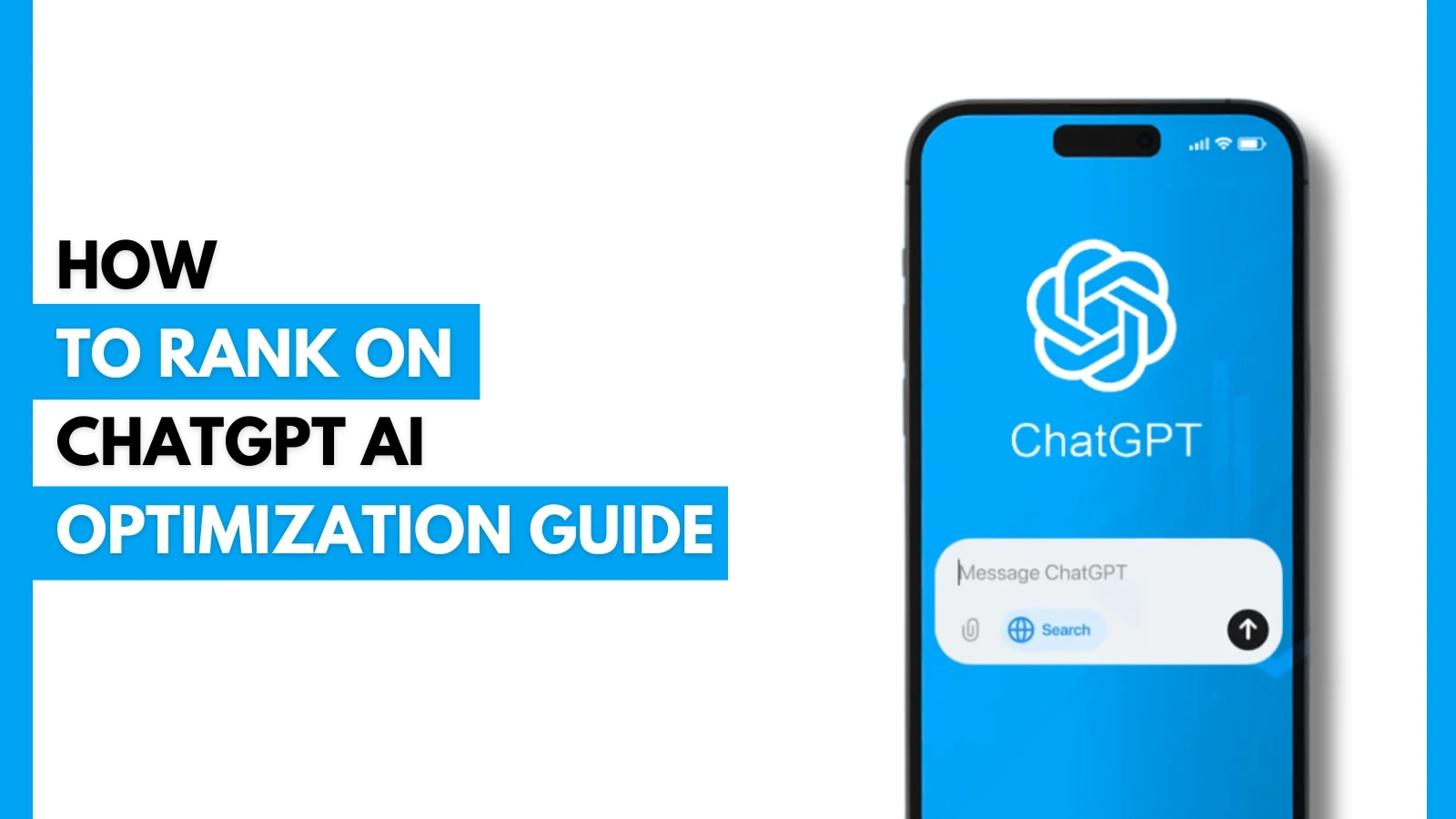
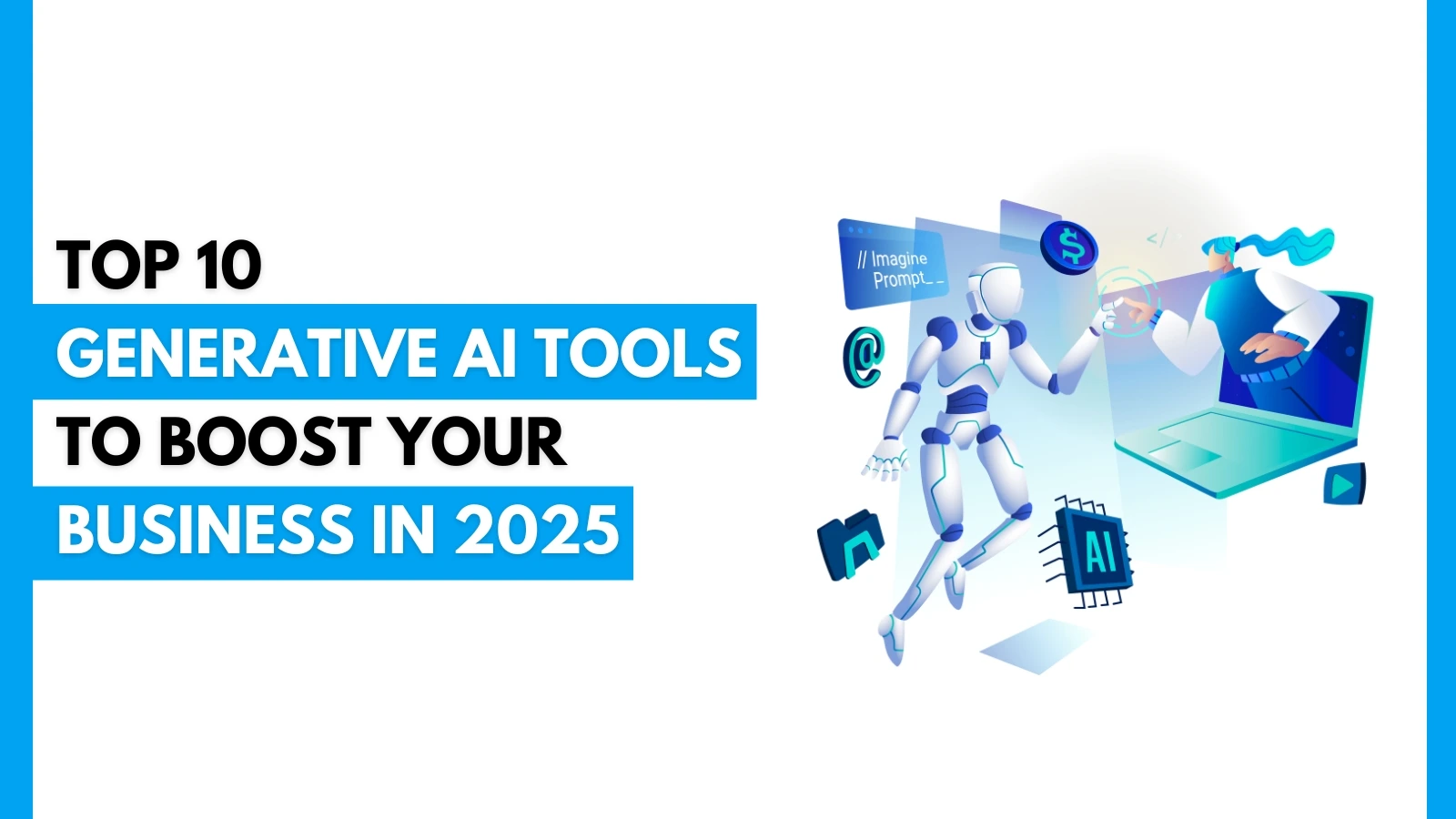
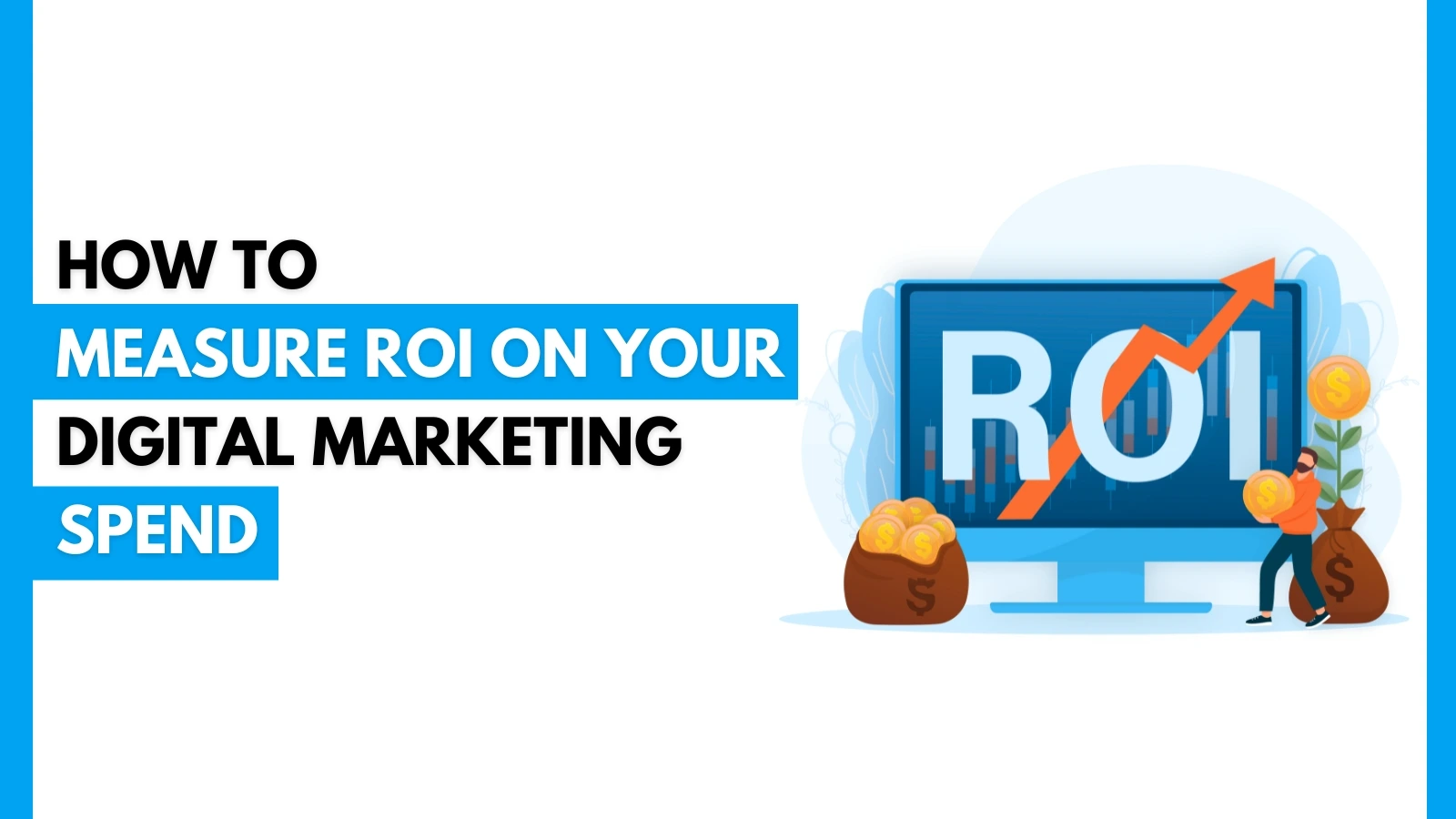
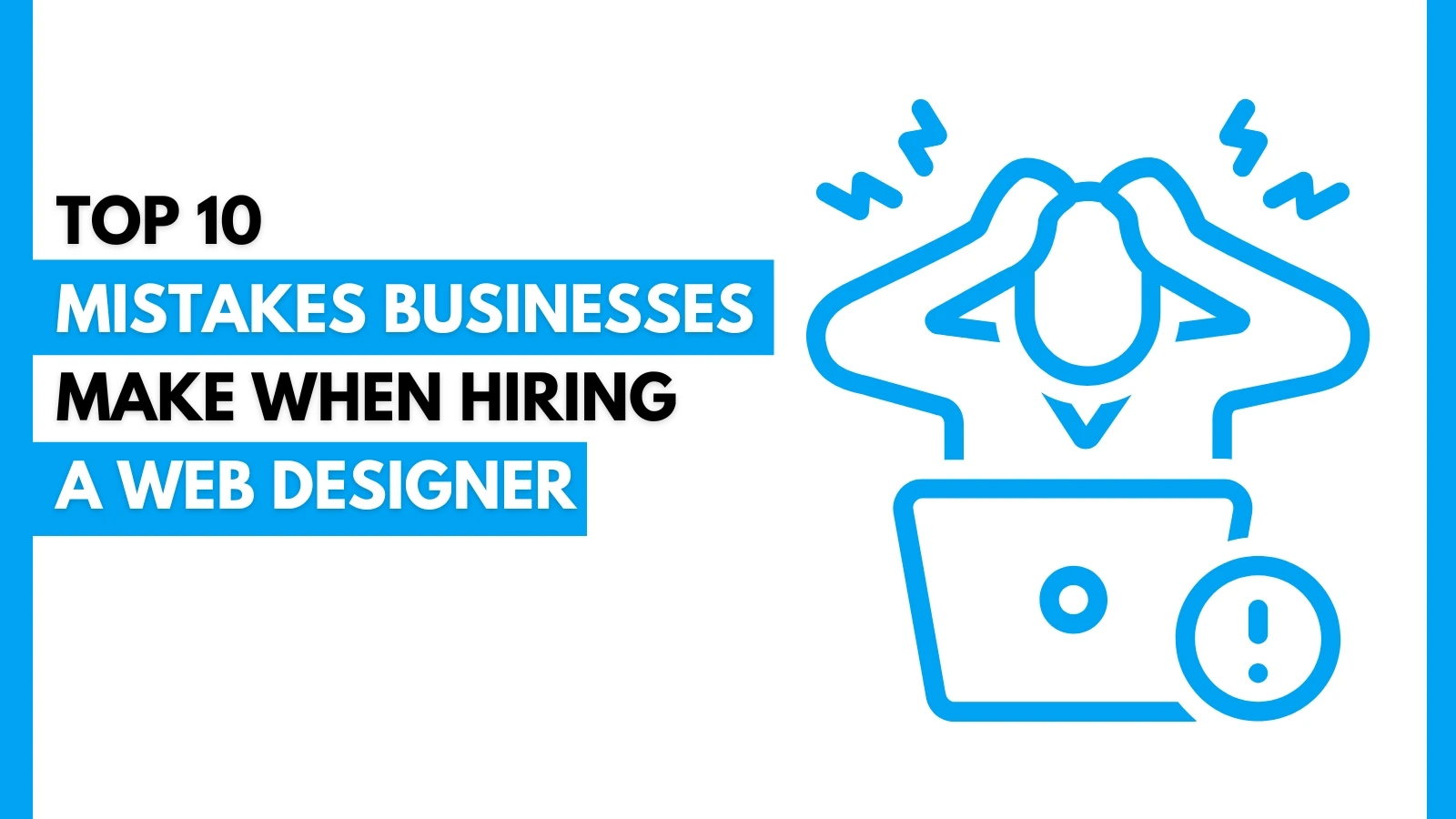
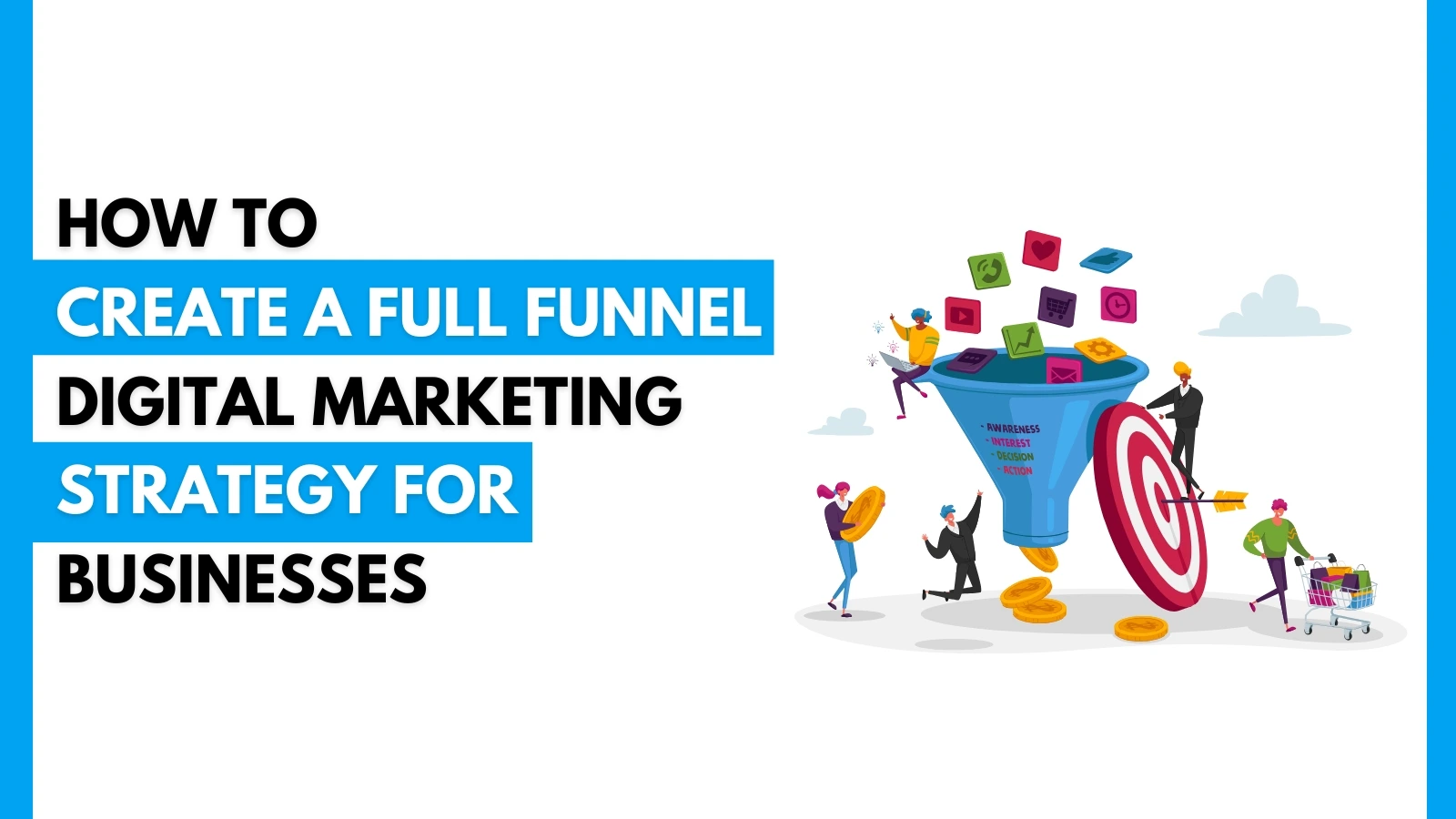
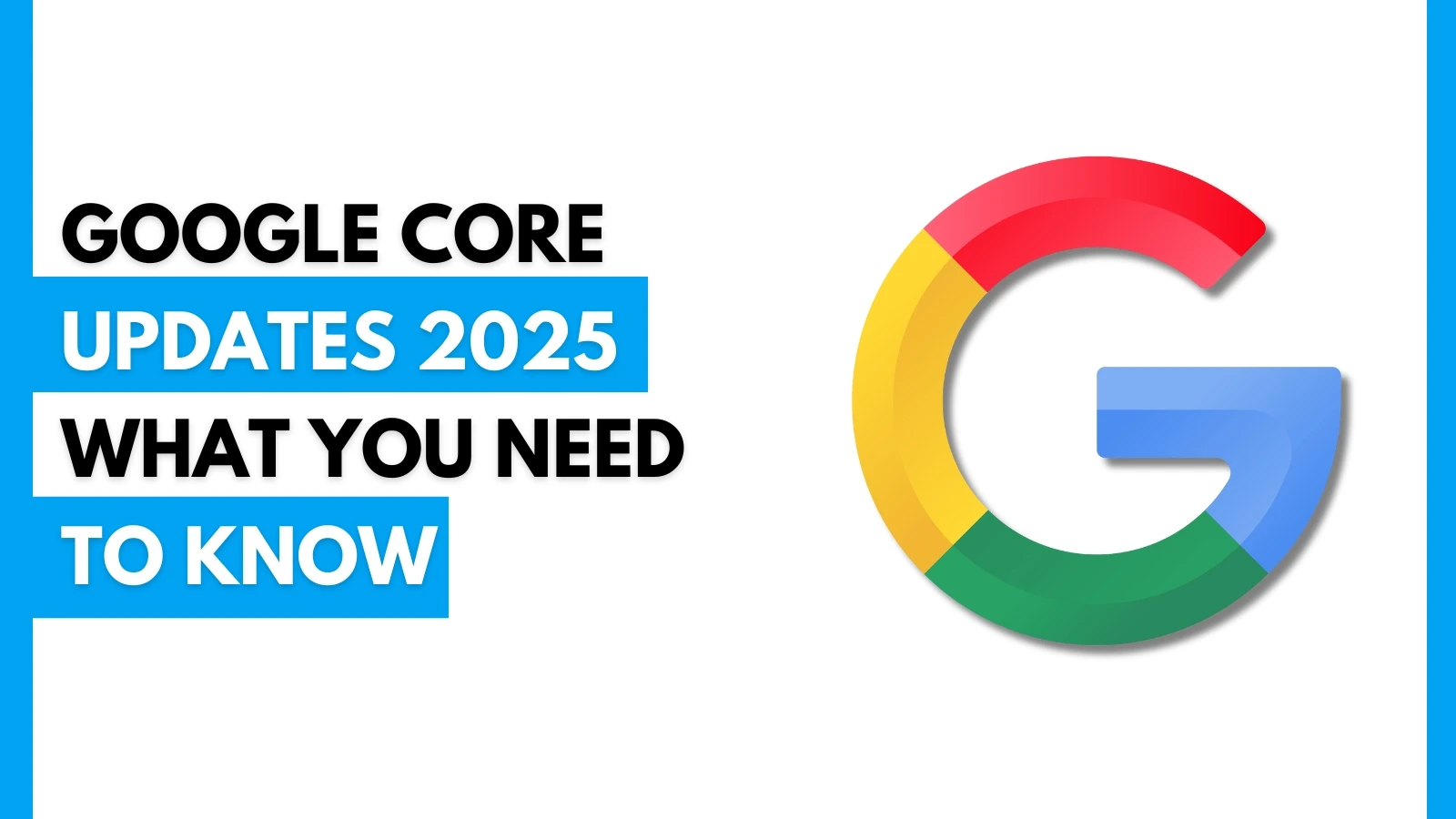
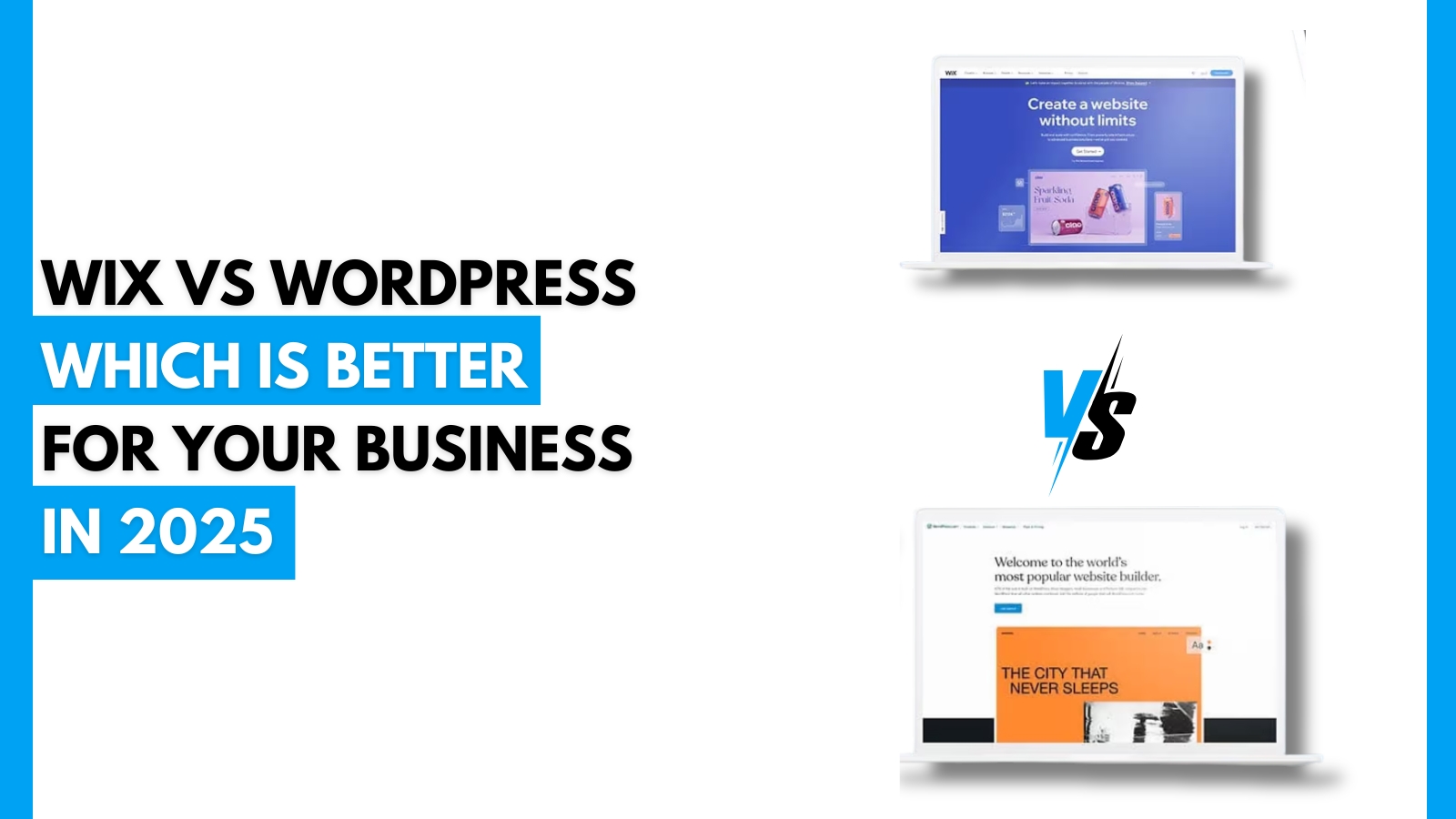




.webp)






















 A Complete Guide.webp)











































.jpg)










 Efficiently.jpg)
.jpg)
























.jpg)
.jpg)
























.jpg)


















.jpg)
.jpg)




























.webp)





.jpg)


















 Campaign.jpg)




.jpg)

.jpg)

.png)



.jpg)



.jpg)
.jpg)
.jpg)



.jpg)








.png)
.jpg)




.jpg)

.jpg)
.jpg)


.jpg)


.jpg)



.jpg)





















.jpg)














.png)





















.jpg)






.png)

.png)



.png)

.png)
.png)



.png)
.png)
.png)
.png)
.png)

.png)
.png)
.png)
.png)
.png)
.png)
.png)
.png)
.png)
.png)
.png)

.png)
.png)
.png)
.png)
.png)
.png)
.png)
.png)
.png)



.png)
.png)

.png)
.png)
.png)
.png)
.png)
.png)
.png)
.png)
.png)
.png)
.png)
.png)
.png)
.png)
.png)
.png)
.png)
.png)
.png)
.png)
.png)
.png)
.png)
.png)
.png)
.png)
.png)
.png)
.png)
.png)
.png)


.png)
.png)

.png)
.png)
.png)
.png)
.png)
.png)
.png)
.png)
.png)
.png)
.png)
.png)
.png)
.png)
.png)
.png)
.png)
.png)
.png)
.png)

.png)
.png)
.png)

.png)
.png)
.png)
 (1).png)
.png)
.png)
.png)
.png)
.png)
.png)
.png)
.png)

.png)

.png)
.png)
.png)
.png)
.png)
.png)
.png)

.png)
.png)
.png)
.png)
.png)
.png)
.png)
.png)
.png)
.png)
.png)
.png)
.png)
.png)
.png)
.png)


.png)
.png)
.png)
.png)
.png)
.png)
.png)

.png)
.png)
.png)
.png)
.png)
.png)
.png)
.png)
.png)

.png)
.png)

.png)
.png)
.png)

.png)
.png)
.png)

.png)
.png)
.png)
.png)
.png)
.png)
.png)
.png)
.png)
.png)
.png)
.png)
.png)
.png)
.png)
.png)
.png)
.png)
.png)